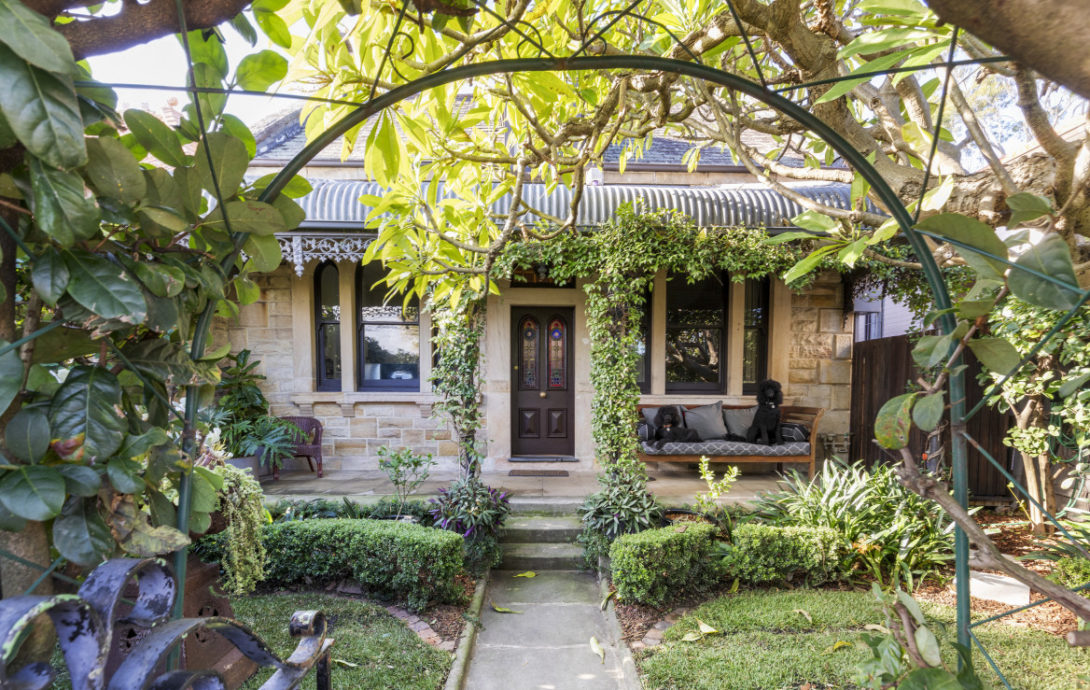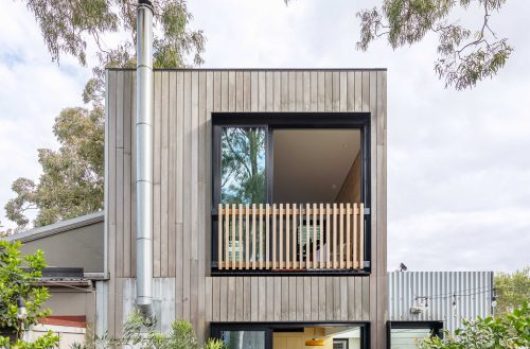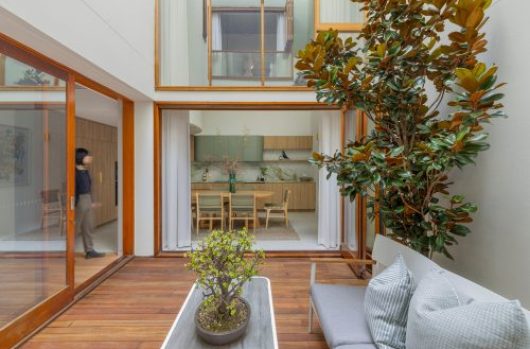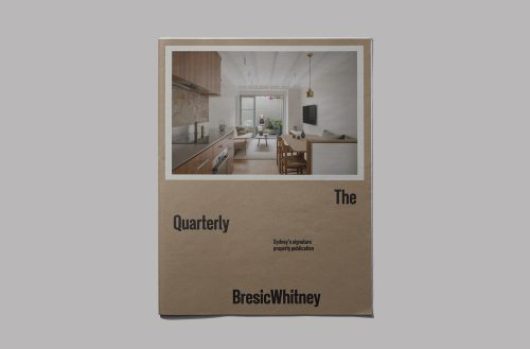
Is the market gaining momentum?
Any discussion about the Sydney property market is now fueled by different forecasts and split opinions.
With the monthly figures just in from CoreLogic, national dwelling prices fell for the first time since June 2019, but dipped just 0.4% in what some have called ‘resilience’.
At the same time Sydney home prices dropped 0.4%, while median values in Sydney are still up 3.9% this year, and are 14.3% better off in the past 12 months.
“Consumer spirits have lifted, vendors are starting to test the market, and buyer numbers have risen,” said CoreLogic’s Tim Lawless. New listing numbers shows fresh property advertisements may have bottomed out in early May, with more vendors now going to market.
Consumer confidence has been down, along with employment, but low interest rates and some lingering determination to buy into the property market has kept it moving. If the ‘mortgage holidays’ end in September without some growing economic momentum, that will be another moment to watch.
For now we’re starting to see signs of resilience from local businesses as COVID restrictions ease, with people a little more hopeful about their future incomes and occupations.
Also rousing from the optimists camp this week was chief executive of payment group Tyro, Robbie Cooke. His company has been publishing (for all to see) weekly data on the transactions going through its platform, made up of 32,000 mainly small and medium businesses around Australia in hospitality, retail and health.

An AFR article noted those numbers showed an “unmistakable fightback in the Australian business community”.
“I am very much in the optimistic camp,” Cooke said. “Businesses are resilient and people have reinvented themselves.”
April was the low point for Tyro’s numbers. With numbers falling 38% from $1.8 billion to $911 million. But as the economy began to reopen, it started to show in the reports.
In the first week of May, transaction volumes were down 20%. By the end of the third week of the month, volumes were down 18%.
The week-on-week comeback has been driven by the retail sector, with hope now that reopening hospitality businesses will improve things further.
For more subdued opinions on show last week, a HSBC banking analysis said Sydney house prices could fall by as much as 15% in the next financial year.

That means any gains accumulated before COVID19 would be mostly offset in the second half of this year.
The report took into account our record-low interest rates, countered by a decline in migration and rising unemployment.
Meanwhile, a little earlier in this pandemic, finance columnist Christopher Joye penned the aptly-title counterbalance, ‘House prices will not fall sharply’. You get the gist.
He said: “Home values will either move sideways or at most fall by up to 5% over the next three to six months, after which the robust cyclical boom will resume.”
No grey area there, and not from a biased writer. He predicted price growth and the ensuing bubble in 2013 and 2017, then the 10% correction in 2017, and the 2019 recovery.

But perhaps overlooked in all this is a floundering rental market, and the pressure that could put on current and future prices.
Melbourne rich-list developer Tim Gurner put it most black-and-whitely when he called the mass exodus of foreign students “the most insane thing” he’s ever seen in his career.
Noting this had negatively hurt rent returns between 10% and 30% he said: “The rental market has taken a massive hit. It’s my biggest concern.”
“We’ve just completed 140 apartments with 100 of them in the letting pool,” Gurner said. “We’d normally lease them all in two hours with one inspection. We’ve leased half of them in six weeks.”
If that sort of environment was sustained, there is no doubt it would affect residential values.
The property market is a delicate balance sheet right now. And heading into the next phase, these incomings and outgoings will affect momentum more than ever.
At this point, BresicWhitney is seeing sales volumes up, new listings incoming, and buyer attendance on the rise. In normal times, that’s enough to predict future positivity.
But with more aspects intertwined in the new market, we’re watching everything closely.



